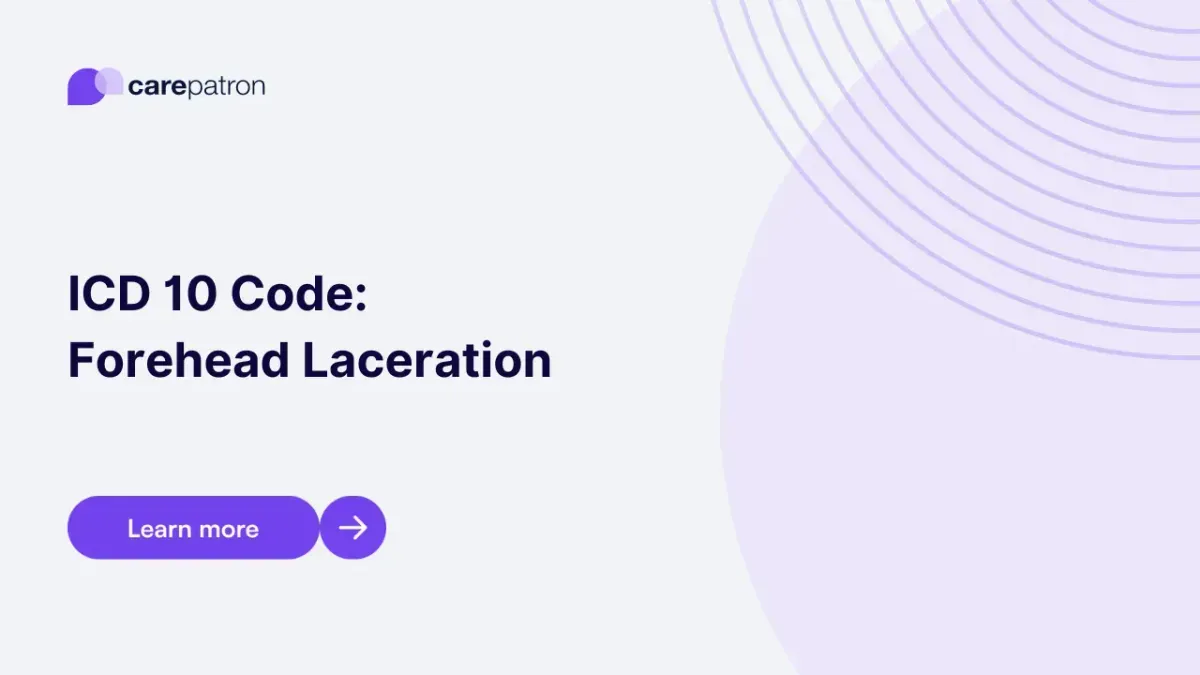
Forehead Laceration ICD-10-CM Codes
Read this short guide and learn about forehead laceration ICD codes you can use.
Use Code
Commonly asked questions
This means that the cause of the laceration is still there in the affected area, which, in the context of this guide, is concerning. An example of a foreign body is a glass shard or nail. If there is a glass shard or nail that’s still in the cut/tear in the forehead, that needs to be removed immediately.
Healthcare professionals will first apply pressure to the laceration with a clean cloth or gauze pad to stop the bleeding. An antiseptic ointment will be used to disinfect shallow cuts, and then they will be bandaged/dressed to prevent the wound from becoming dirty and infected. If it’s deep, they will stop the bleeding and stitch the wound before disinfecting and dressing it. Depending on what caused the laceration, healthcare professionals might administer injections like tetanus shots.
Lacerations are cuts and tears, usually horizontal or vertical, and the opening can either be a clean, straight cut or jagged. Puncture wounds are relatively small holes caused by objects that pierce the skin. Examples of things that can cause puncture wounds are bullets and nails.
EHR and practice management software
Get started for free
*No credit card required
Free
$0/usd
Unlimited clients
Telehealth
1GB of storage
Client portal text
Automated billing and online payments
